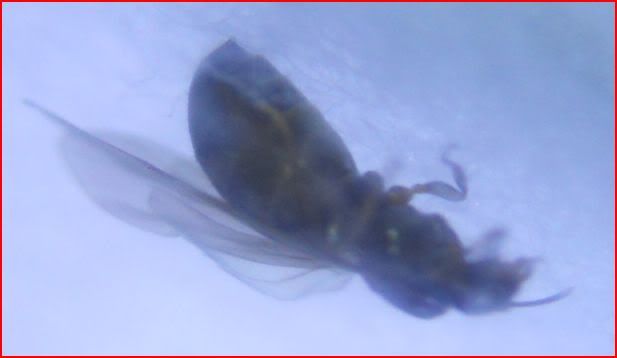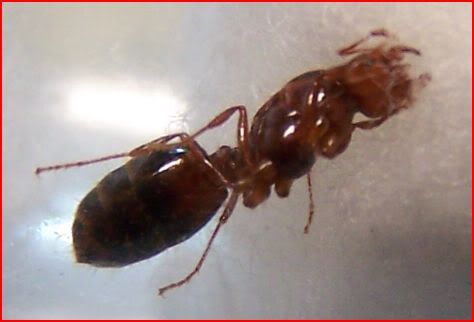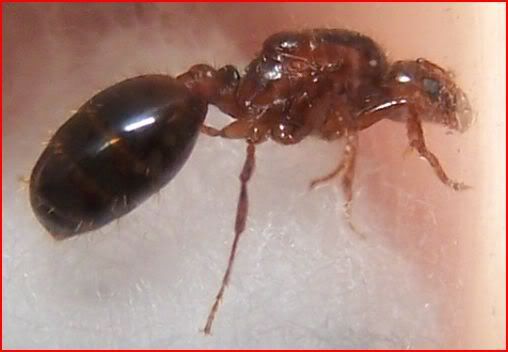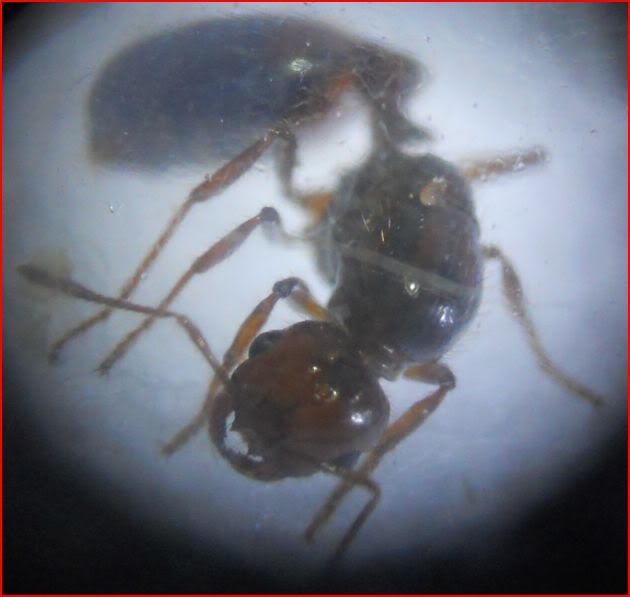- Joined
- Sep 9, 2010
- Messages
- 310
If anyone wants to raise colonies of ants from freshly mated queens, head outside now. It's pretty much the peak of nuptial flights. Mornings and evenings are best, take walks often at these times, especially after rain or on a warm, humid day. Let's spread this amazing hobby!
Attachments
-
40.4 KB Views: 577









